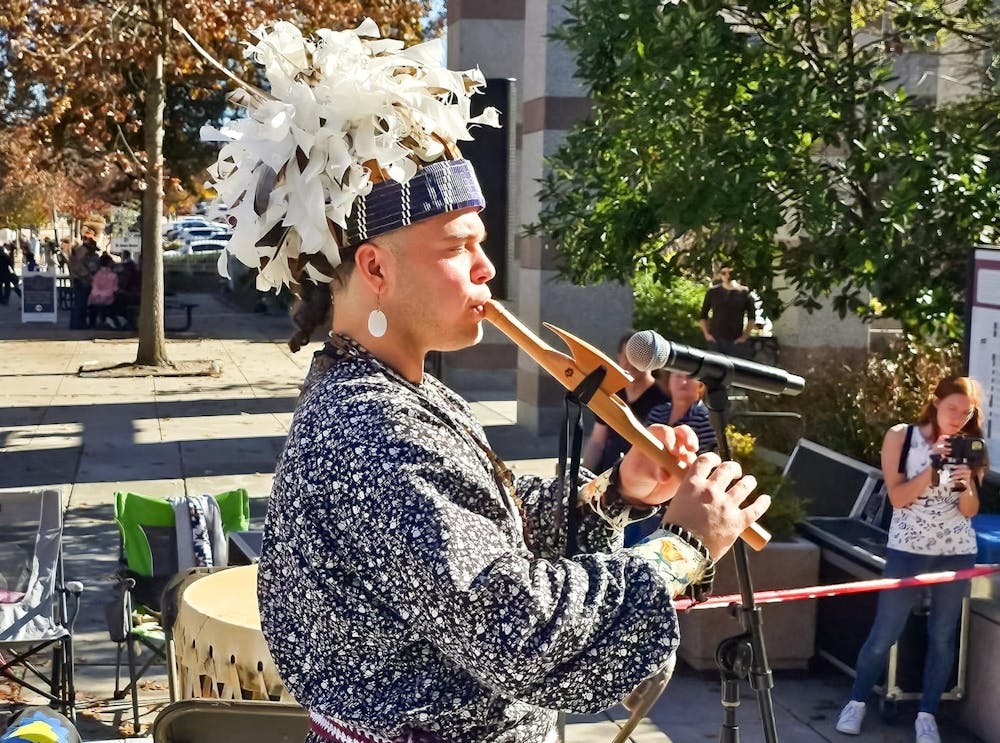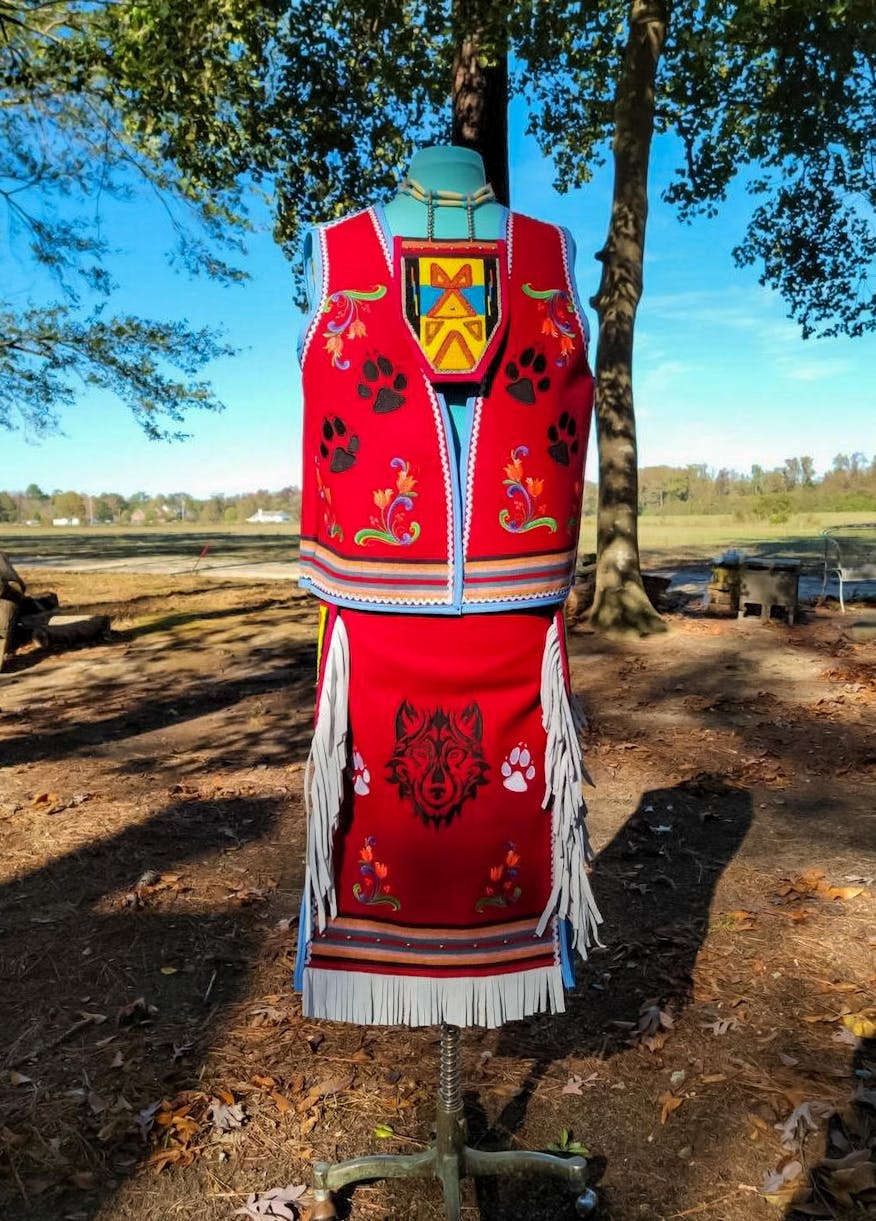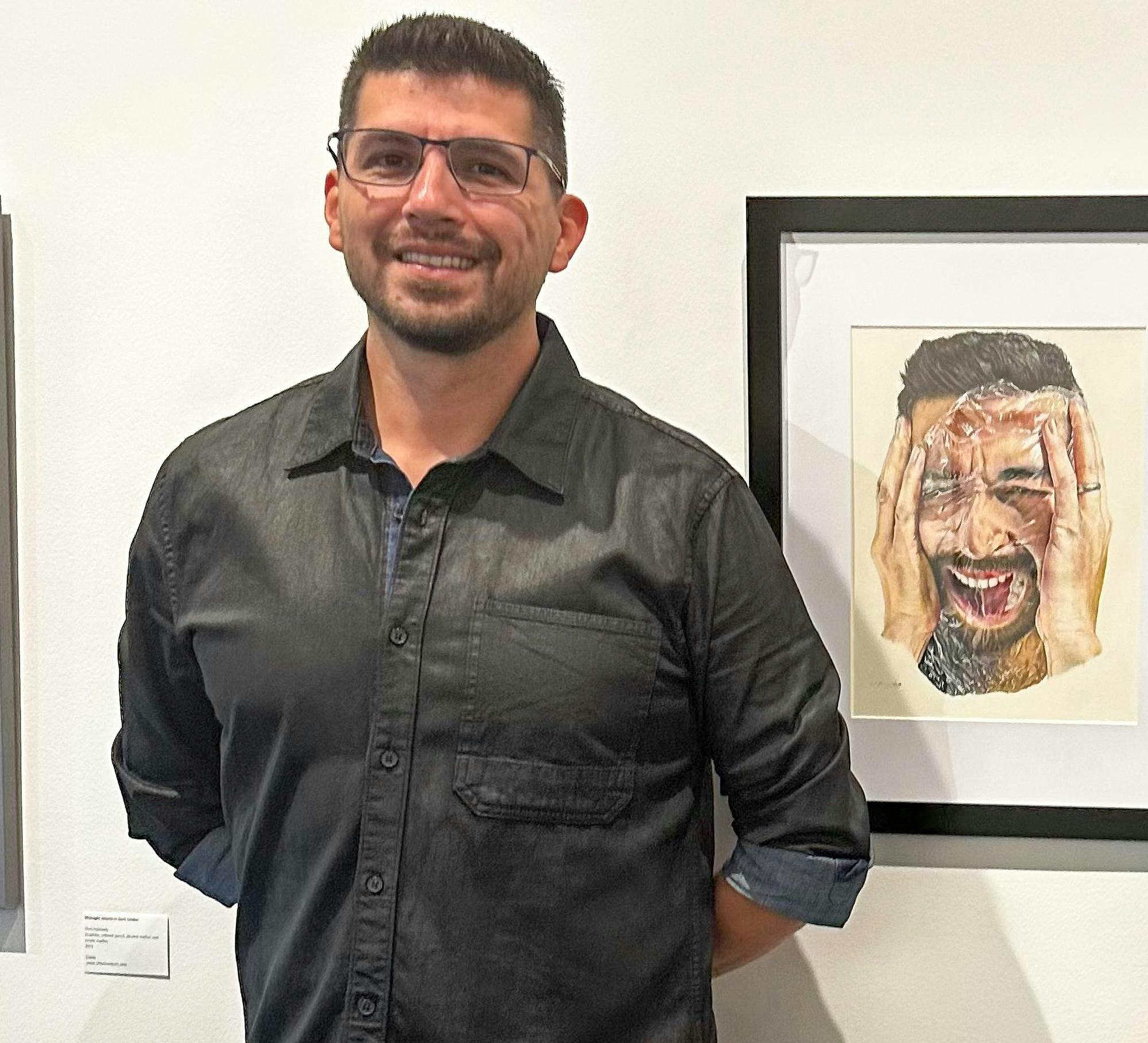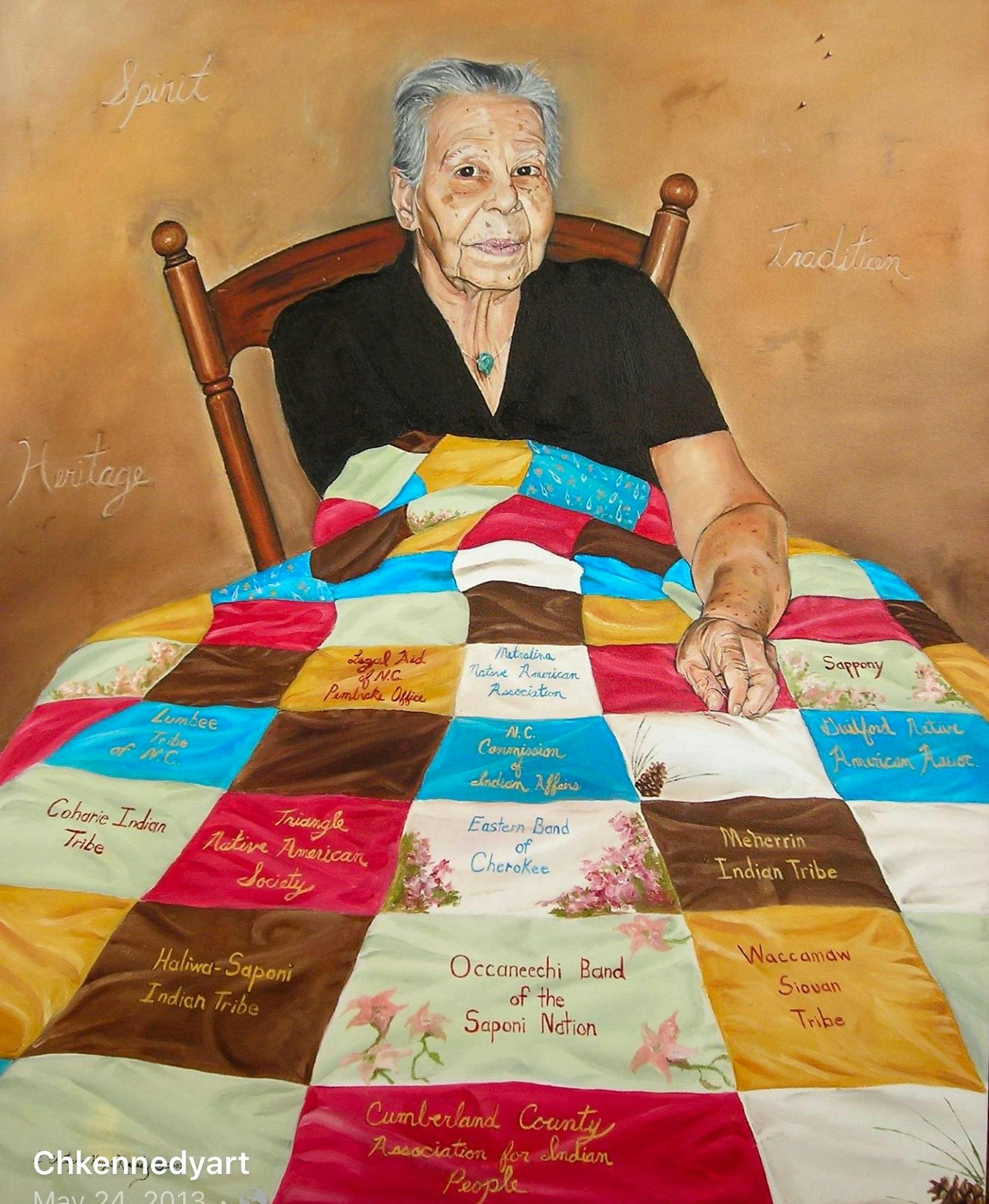Art has marked the presence of Native American culture in North Carolina for thousands of years.
Rock petroglyphs, such as the carvings on Judaculla Rock in Jackson County, are artistic indicators of Native American peoples who have inhabited the state for more than 10,000 years.
Today, the breadth and variety of Native American art forms in North Carolina are a far cry from glyphs carved into boulders. The artistry and mediums are as diverse as the eight state-recognized tribes that live in North Carolina today.
During Native American Heritage Month in November, events across the state offered Native American basketmakers, dancers, musicians, storytellers, painters, potters and silversmiths an opportunity to share their work. The month highlights a fraction of the artistry and culture of Native American artists in the state.
“Native American Heritage Month in November really gives us an outlet and a means of telling different people about who we are, but we're not Native American just during November,” Ethan Oxendine, a member of the Lumbee and Tuscarora tribes, said. “We're Native American every day.”
Oxendine is a traditional flutist and dancer. He plays the courting flute, a Native American instrument which Oxendine said represents an old story. The first courting flute is said to have been carved from a willow branch and its sound given to it by a songbird.
The courting flute has no sheet music or practice books, so Oxendine said he practices, consults other flute players and plays from the heart.
He started dancing during his senior year of high school. Attending culture classes and powwows allowed him to immerse himself in dancing, which he described as a means of prayer and healing.
Dancing represents history and heritage, he said. Traditional Native American dances were banned by the United States government in 1883. Though the code was repealed 50 years later, to Oxendine, learning and performing powwow dances is a process of storytelling and cultural reclamation.






